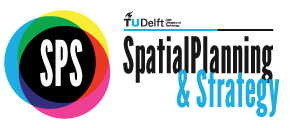A new article on “Analyzing the Configuration of Multimodal Urban Networks” has been published by Jorge Gil in Geographical Analysis.
Abstract: This article proposes urban network models as instruments to measure urban form, structure, and function indicators for the assessment of the sustainable mobility of urban areas, thanks to their capacity to describe the detail of a local environment in the context of a wider city-region. Drawing from the features of existing street network models that offer disaggregate, scalable, and relational analysis of the spatial configuration of urban areas, it presents a multimodal urban network (MMUN) model that describes an urban environment using three systems—private transport (i.e., car, bicycle, and pedestrian), public transport (i.e., rail, tram, metro, and bus), and land use. This model offers a unifying framework that allows the use of a range of analysis metrics and conceptions of distance (i.e., physical, topological, and cognitive), and aims to be simple and applicable in practice. An implementation of the MMUN is created for the Randstad city-region in the Netherlands. This is analyzed with network centrality measures in a series of experiments, testing its performance against empirical data. The experiments yield conclusions regarding the use of different distance parameters, the choice of network centrality metrics, and the relevant combinations of multimodal layers to describe the structure and configuration of a city-region.
You can access the full text here.
